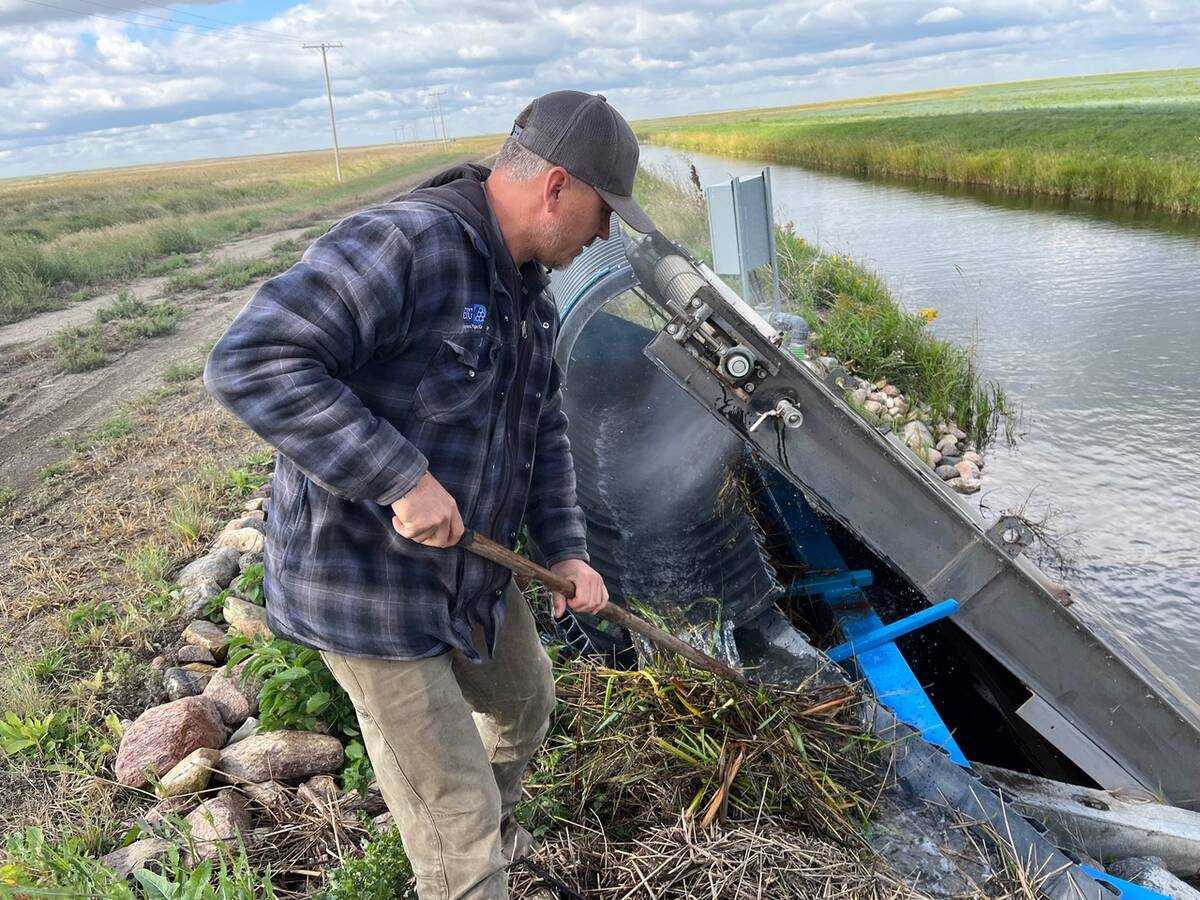Surya Acharya has developed dozens of forage cultivars as a research scientist and forage breeder with Agriculture Canada.
He’s not done yet.
Acharya is now seeking input from farmers and producer groups to further guide his research and forage-breeding activities.
“We are researchers and we know from literature where there are gaps and things like that, which we can do, but it may or may not be the (projects) that producers are looking for,” he said.
“So if we get some information from producers what they are looking for, I think we probably can address their problems, what they are facing in their production systems.”
Read Also

Saskatchewan farmer uses tile drainage to manage water
The integration of both irrigation and tile drainage results in higher yields, water efficiency, improved soils and less nutrient runoff, says one producer.
Acharya has worked on alfalfa, sainfoin, fenugreek and other forages in the course of his career so far. However, he plans to retire in a few years’ time and before he does, he wants to train a successor to continue forage-breeding work that will assist prairie farmers and ranchers.
“Some of the agronomy questions we can answer by improving the crop itself. Say for example disease, if we can develop a disease-resistant crop, then they don’t have to worry about that disease,” he said.
They don’t have to spray chemicals for getting rid of the disease. And if we can produce an insect-resistant crop, then they don’t have to spray for insects.”
Breeding improved forages is one way to address environmental concerns often expressed by the public, he said. Producers ignore those concerns at their peril, so new varieties can address both producer challenges and worries over chemical use.
Acharya said he hopes to hire a successor with a background in crop breeding, whom he will train in the realm of forages. Such breeding is a lesson in patience, since it can take 13 to 15 years to develop a perennial forage variety “from scratch.”
That long lead time might discourage those seeking quick gratification, but so far it hasn’t discouraged Acharya.
Some of his recent work includes longer-lived sainfoin, a forage highly palatable to cattle that does not have the bloat risk of alfalfa.
Producers with ideas for future forage breeding projects can contact Acharya at the Agriculture Canada research centre in Lethbridge.
barb.glen@producer.com

















